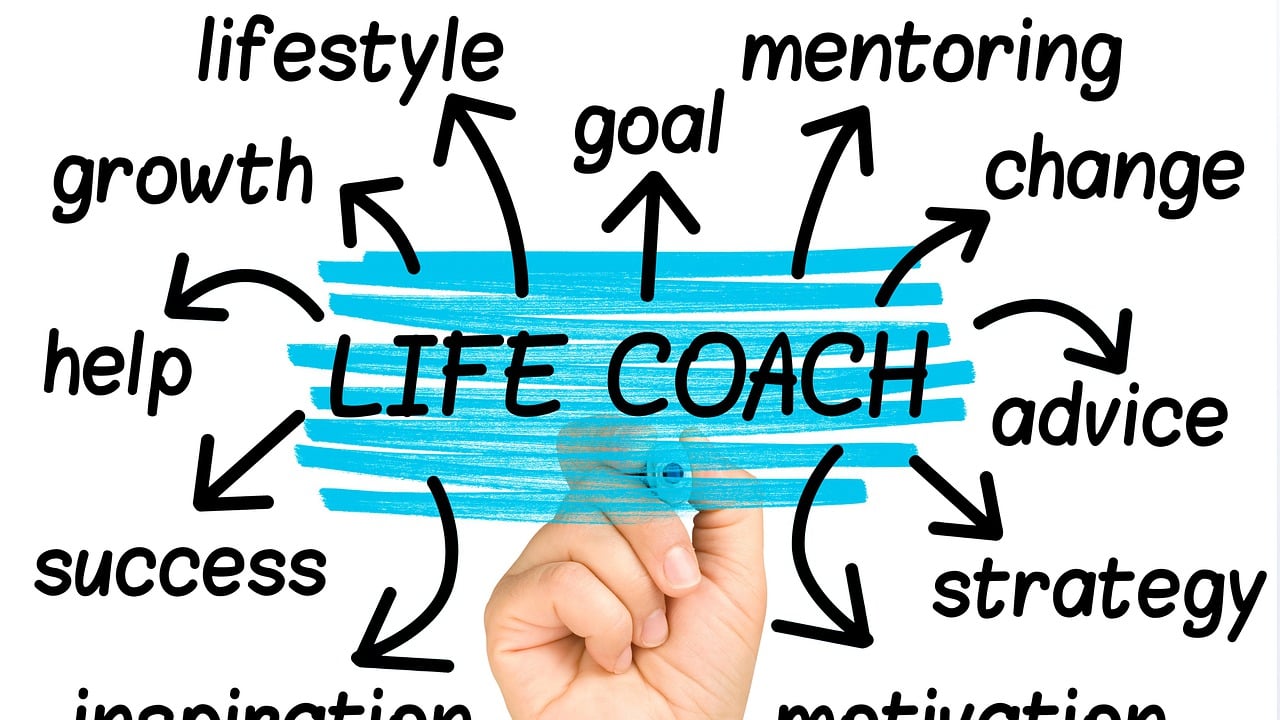Blog Posts
 January 15, 2025Leaders Communicating Effectively 2025
January 15, 2025Leaders Communicating Effectively 2025By Dr. Scott
Leadership communication, and specifically effective leadership communication is one of the cornerstones of leadership studies and theory, leadership advice and best practices, and, of course, leadership in practice. If you’re reading this blog, chances are you’ve already studied effective leadership communication to some degree, whether through professional development training, self-study, or during your college coursework.
It’s not my goal today to cover effective leadership communication in detail. For that, I recommend considering an online training on leadership communication through the Madison School of Professional Development. For a full list of certificate offerings, click here.
Rather, we’ll take a look at three often undervalued elements of effective leadership communication: tone, style, and simplicity.
Tone
One of the simplest definitions of communication is “an exchange of information.” If we add effectiveness to that equation, then we can define effective communication as “a productive exchange of information.” Simple, right? If we just think about the most effective way to say something, that will ensure a productive exchange, right? Well, the tricky part is in the exchange.
For an exchange to be productive, both the sender and the receiver of the message are critical. So, too is the message. However, even if all the right words are said, the message may not be effectively received and this all comes down tone. In other words, how and even when we convey the message is also equally important.
When we think about the tone of our message, we begin to think critically about the message and our roles as the sender of the message. We can then begin to approach the communication with empathy, with sincerity, and with a tone that will positively engage the receiver.
Learning to think through how we will exchange information and the most productive tone improves our skills as a communicator in general, but we also begin to build trust and rapport, motivate and inspire others, manage difficult situations more effectively, and promote a positive and engaging work culture. As leaders, these benefits are all worth working toward and it all begins with thinking through tone and timing when communicating.
Style
When I was completing my PhD in history, one of my professors once told me that “style is everything.” He added that he didn’t like my writing style very much and that until I found my own style, I should “use Hemingway’s.” So, I went back to my dusty copy of the Old Man and the Sea and read a little. The style was clear and concise. Every word seemed important and meaningful and there were no unnecessary words or repetition. The sentences were short and impactful. The descriptions brief, but somehow detailed.
Over time, I incorporated some of these strategies into my own writing. While my writing style didn’t change overnight, this exercise set me on a course of style advancement. I learned to pay attention to the style that authors used, especially when they were extremely effective writers and especially when the writing style was just atrocious. I learned to learn from the mistakes of those bad writers and emulate writers I admired.
So, whether you are still looking for your own writing style or looking to take your writing style to the next level, I invite you to “use Hemingway’s” for a while and see where the stylistic strategies of Hemingway take you. By mastering style and tone, we create more impactful sentences and communicate more effectively. We engage our readers or our listeners in more meaningful ways. And, we are more successful at communicating our vision for the team or organization.
Simplicity
Hemingway’s writing style is also another great example of our final strategy: harnessing the power of simplicity. Throughout history, we see individuals who successfully harnessed the power of simplicity: Aristotle’s theories on the simplicity of nature, Mozart’s music, most if not all of the Impressionist painters, Chuck Berry and Rock’n’roll, and even Steve Jobs and his “Think Differently” campaign. Powerfully simple.
In communication, simplicity is achieved through short, concise sentences. Here again, the “use Hemingway’s” technique can help.
However, the best way to incorporate simplicity into your communications is to ask yourself two questions:
What am I trying to say?
What is the shortest and most direct way to say what I’m trying to say
Whenever I find myself writing an overly complex sentence or email with too many ideas crammed in, I remind myself to “keep it simple” and ask myself the above questions. You may find that you have to send yourself through the loop a few times until you truly achieve simplicity, but revisions, especially in written formats or prepare presentations, are where we often achieve the most clarity in our message. This can be especially helpful in our modern leadership environment where emails and short presentations on video conferences are new norm.
As Mark Twain once famously wrote, “If I had had more time, I would have written a shorter letter.”
In this edition of our Wednesday Leadership Blog, we looked at three often overlooked strategies for effective leadership communication: tone, style, and simplicity. Join us back here next week when we take a closer look at more leadership strategies and best practices.
Dr. Scott Eidson is the Executive Vice President of the Madison School of Professional Development and holds doctoral degrees in both history and business. Dr. Scott had been studying, teaching, writing, applying, and thinking about leadership and leading others for some time now.
 January 22, 2025Ray Kroc and the Fast-Food Nation
January 22, 2025Ray Kroc and the Fast-Food Nation January 29, 2025Preparing Yourself for Leadership
January 29, 2025Preparing Yourself for Leadership.png) March 03, 2025MaxCampus-More than an LMS
March 03, 2025MaxCampus-More than an LMS March 18, 2025What is a Life Coach?
March 18, 2025What is a Life Coach? March 19, 2025Leadership Advancement through Mentorship
March 19, 2025Leadership Advancement through Mentorship